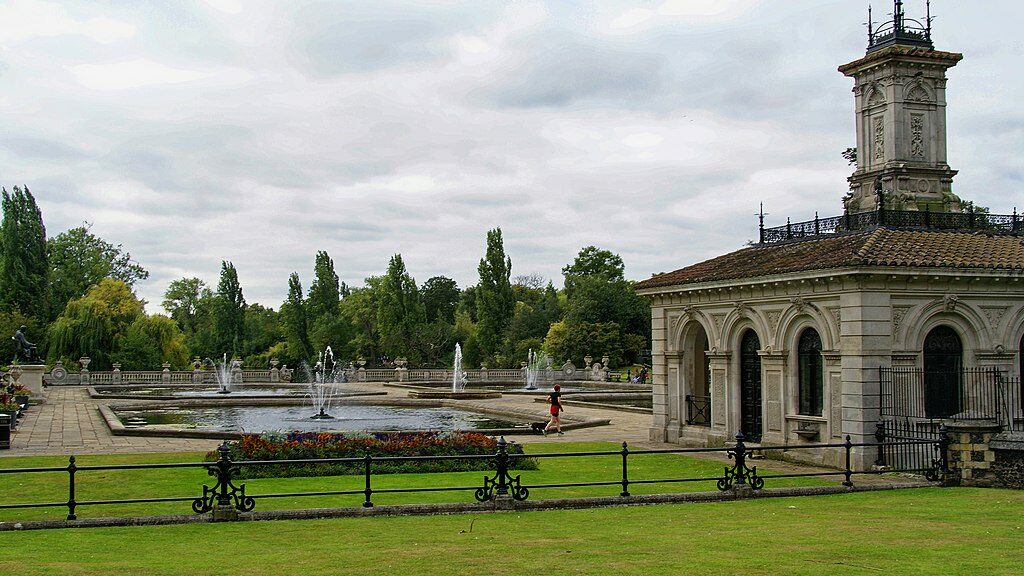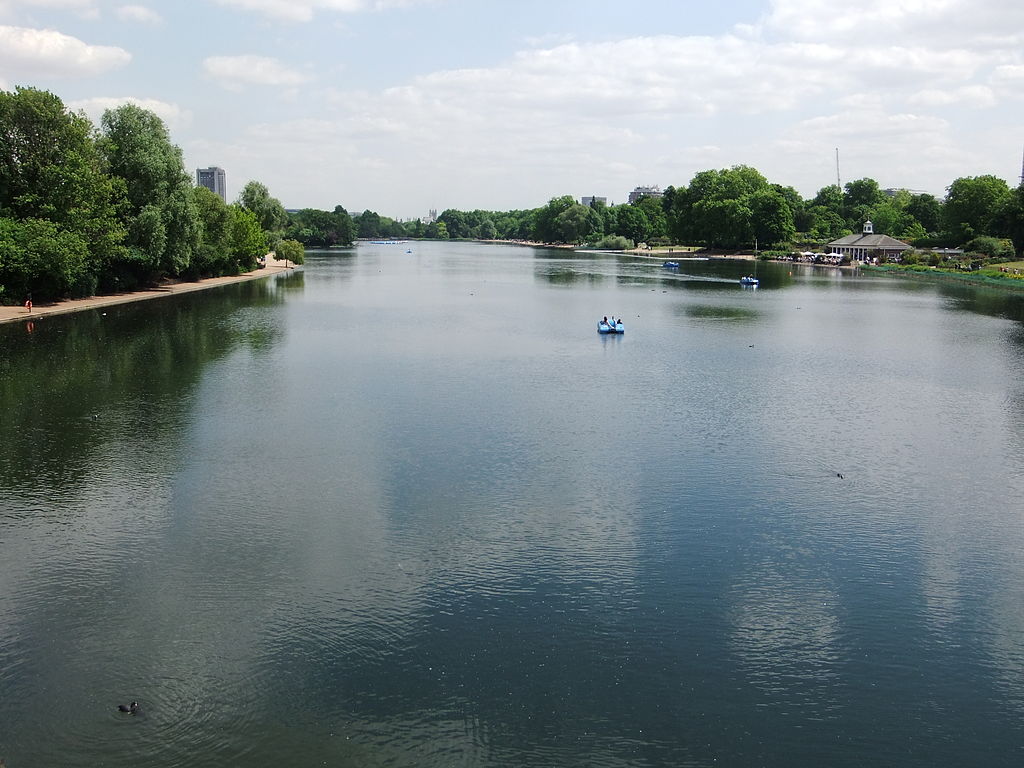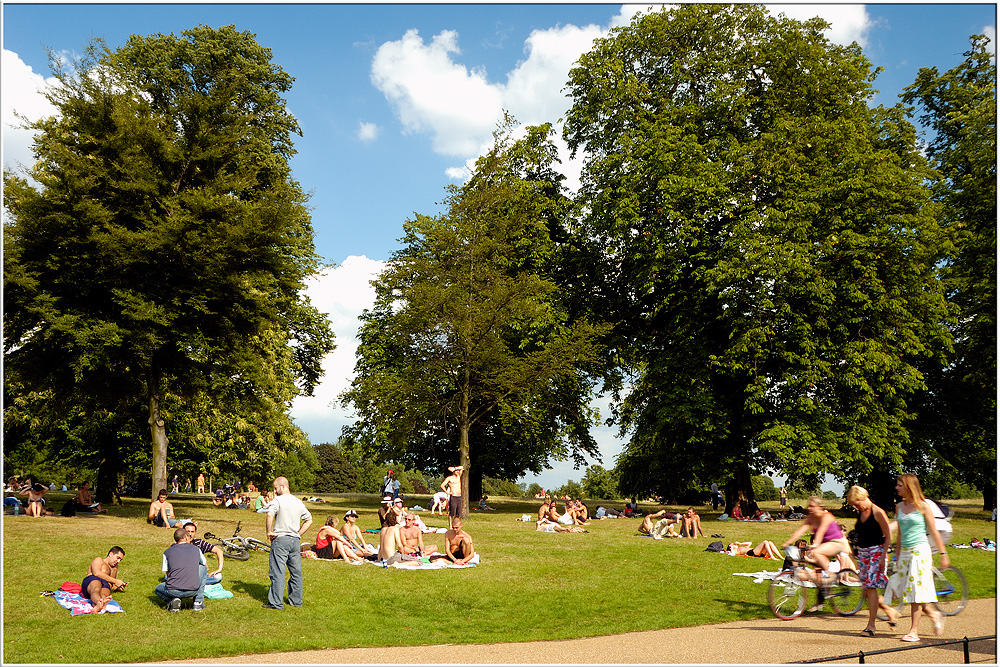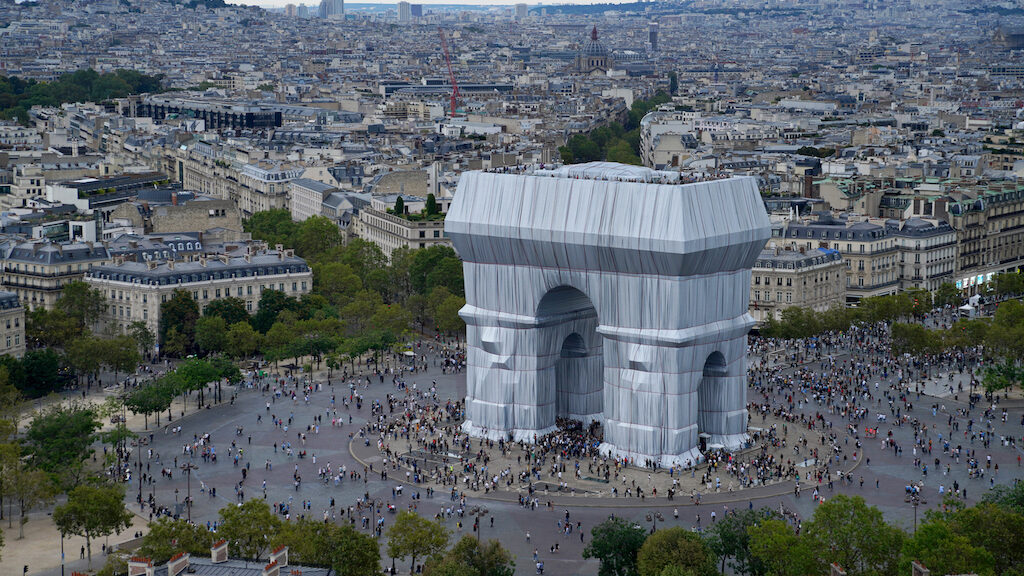All you need to know about London’s Hyde Park

London’s Hyde Park is the largest of the four royal parks and stretches from Kensington to Buckingham Palace. That says a lot about its history.
Billboard
Skyscrapper
Halfpage
Hyde Park is one of the most famous public green spaces in London. It is the largest of the four royal parks and stretches from Kensington to Buckingham Palace. That says a lot about its history.
The beginnings of Hyde Park go back to Henry the Eighth (Henry VIII and his numerous wives), who made the area his hunting ground – already in the early 1536s. About hundred years later, its doors opened, and Hyde Park quickly became a popular place for excursions and parades. In the early 18th century, Queen Caroline redesigned the park. Finally, in 1851, the park became the site of the Great Exhibition, for which Joseph Paxton built the famous Crystal Palace. Later, important demonstrations took place there and with Speakers’ Corner, a place of free expression was established. In the late 20th century, Hyde Park hosted legendary concerts, including Pink Floyd, the Rolling Stones and Queen.
The Park and its neighbors
Hyde Park is the largest of the royal parks in London. Green Park, St. James’ Park, and the gardens of Buckingham Palace adjoin it to the southeast. To the west, however, Hyde Park merges with Kensington Gardens. The official separation of these two green spaces was made by Queen Caroline. During the day, however, the borderline is hardly visible. Only at night the differences become apparent. While Kensington Gardens close at dusk, Hyde Park remains open from five in the morning until midnight. In total, the duo covers 253 hectares in the middle of London, of which 142 hectares belong to Hyde Park.
The Serpentine Lake divides Hyde Park in half. Photo: Rept0n1x, CC BY-SA 3.0

The design of Hyde Park
Once the parkland was no longer just private hunting grounds, it initially opened to the upper classes of the city. It was Charles the First who opened the green space to the public in 1637. Over time, the park took on various functions – from military camp to fortification site. The first landscaping of the park began in 1726, commissioned by King George I and later by his daughter Caroline. In addition to separating Hyde Park from Kensington Gardens, the Serpentine Lake was created by damming the River Westbourne. This still shapes the park today and divides it into two parts. In addition, it is an inviting place to swim.
The south-east of the park is dominated by a rose garden with fountains, memorials, and the monumental Wellington Arch. Among the newest structures of the park is the Princess Diana Memorial Fountain, that covers the size of a football ground. At the north-eastern corner of the park you find also the famous Speakers’ Corner, which is still today a place and symbol of public free speech.
Festivities
One of the biggest events in Hyde Park was the Great Exhibition of 1851. The Crystal Palace, that was built for this purpose, stood on the south side of the park. As the public did not support the idea of leaving the building on site after the Exhibition has closed, the architect secured it and rebuilt it in South London. The Park was also the site of many royal jubilees and celebrations. For example, the Queen’s Diamond Jubilee took place there in 2012. Since 2007, the Winter Wonderland Festival has been attracting many visitors to Hyde Park every year. It has become the biggest Christmas attraction in Europe, attracting over 14 million visitors in 2016.
Concerts and sporting events
The concert stage in Hyde Park has hosted many high-profile artists. Concerts have been held there three times a week since 1890. Since the early 1970s, rock musicians such as Pink Floyd, Roy Harper and Jethro Tull have performed there. The Rolling Stones also gave a concert, which is one of the most famous concerts of the 1960s. In 2005, Pink Floyd made history when they gave the last concert of their career in Hyde Park.
Meanwhile, criticism of the events is growing among the park’s residents. They are campaigning for a maximum volume of 73 decibels. Bruce Springsteen and Paul McCartney even found their microphones switched off after ignoring the evening curfew.
Interested in London’s parks? Here you can find out more about Queen Elizabeth Olympic Park.
Hyde Park is suitable for both walking and sporting activities. Visitors also like to use the green space away from the park paths. Photo: Panos Asproulis from London, United Kingdom, CC BY 2.0

The city park is not only a green lung and thus an eldorado for walks and jogs. Various sports facilities, from football pitches to tennis courts, via cycle paths and horse trails, invite Londoners to do so. At the 2012 Summer Olympics, the triathlon and open water swimming events took place in Hyde Park.
Botany and biodiversity in Hyde Park
The first flowers moved into the Royal City Garden in 1860. The Italian Water Garden with fountains and a summer house followed a year later. In 1994, a rose garden by Colvin and Moggridge Landscape Architects was added. In the late 20th century, there was a serious event: over 9 000 elm trees, planted during the lifetime of Queen Caroline, died of disease. They were replaced by lime and maple trees. Tree sponsorships were also established to support the care and maintenance of the trees.
Hyde Park has four hectares of greenhouses where the plants for the royal parks grow. Nature conservation and species protection also play a major role at Hyde Park. Both are seen as an obligation towards future generations. Various partners and volunteers contribute to this. As in all metropolises, habitats and biodiversity are under increasing pressure. Climate change, air pollution, diseases in animals and plants are just as problematic as the pressure of use due to growing numbers of visitors. A biodiversity framework plan is now up to help preserve a healthy, resilient and connected park for future generations.












